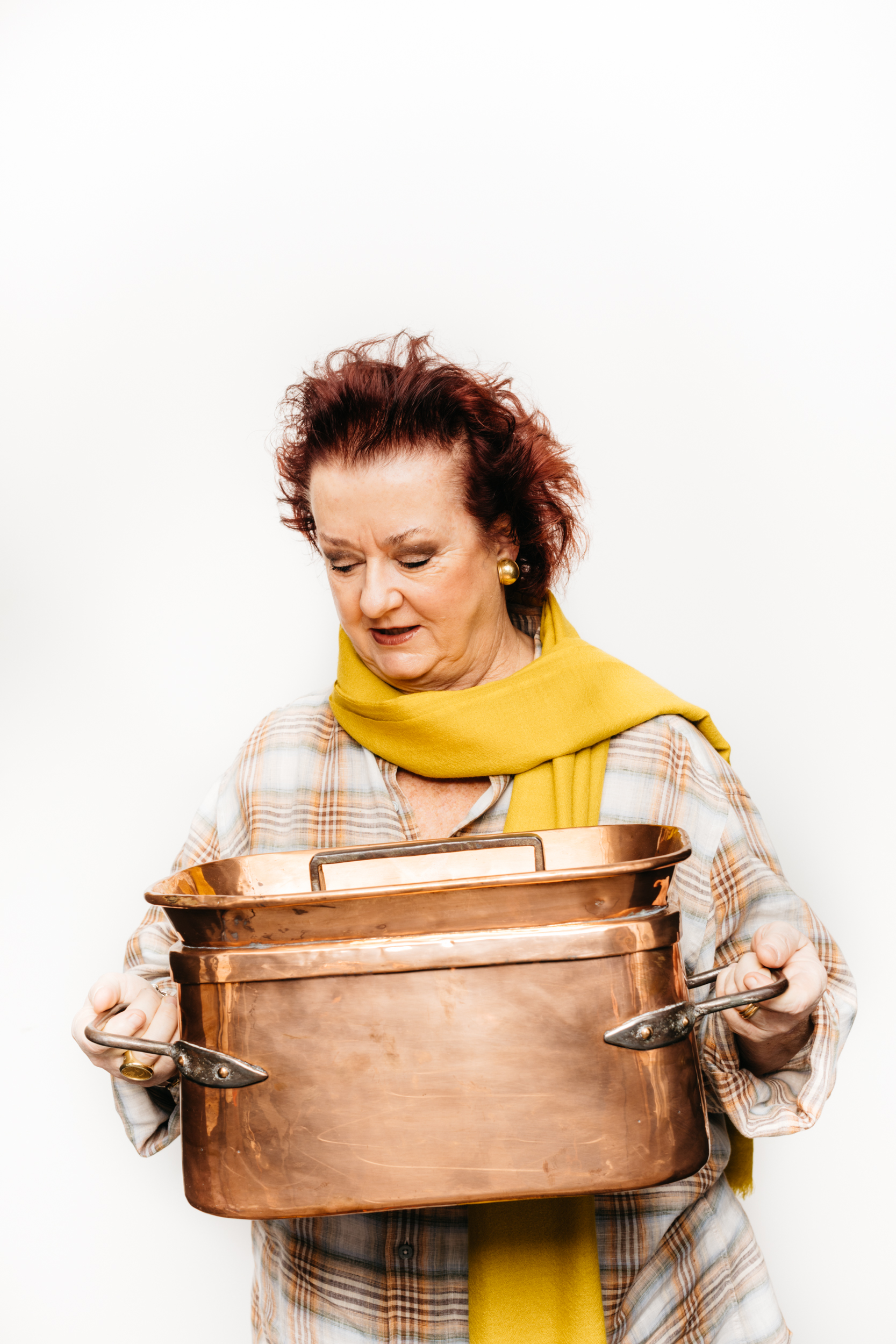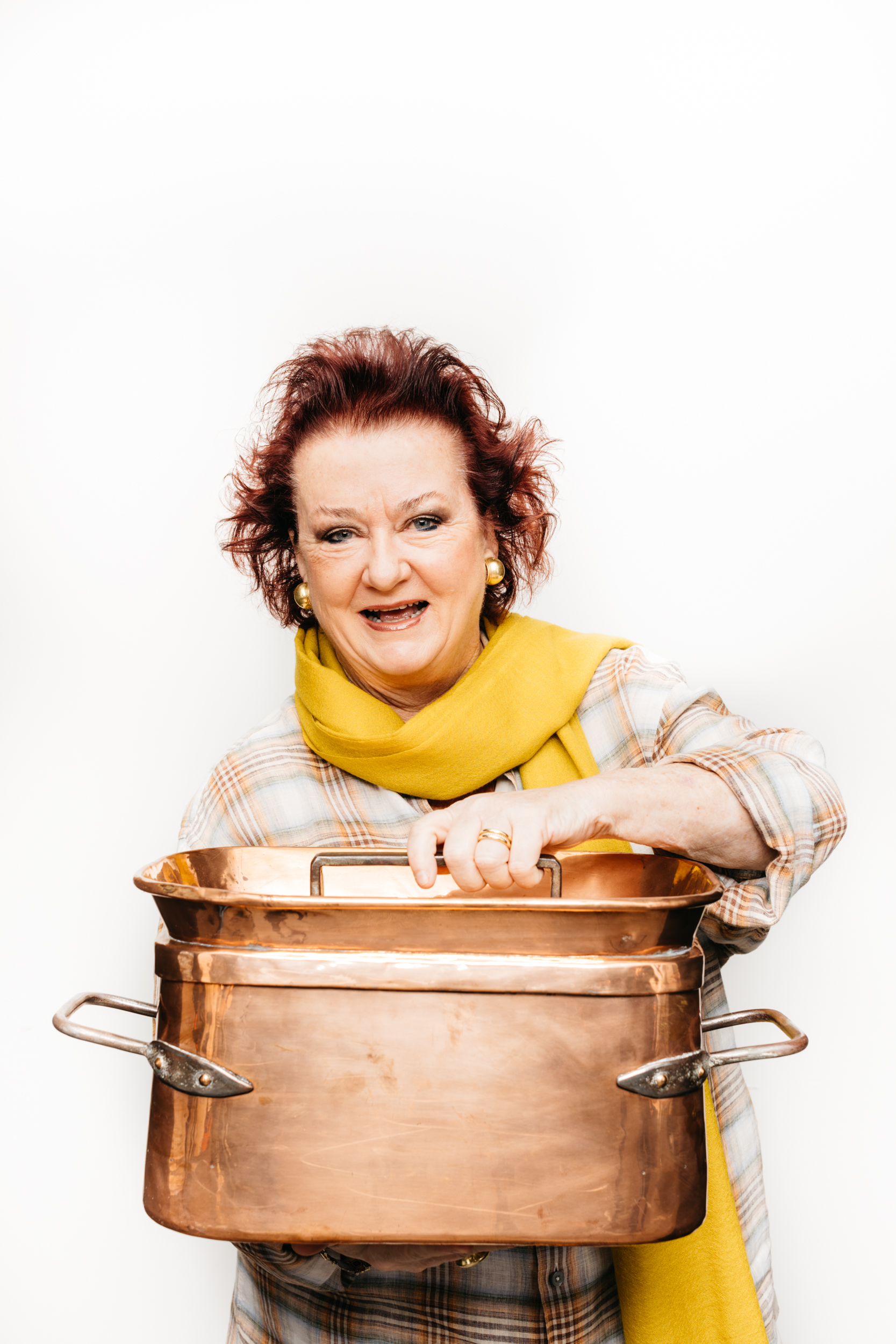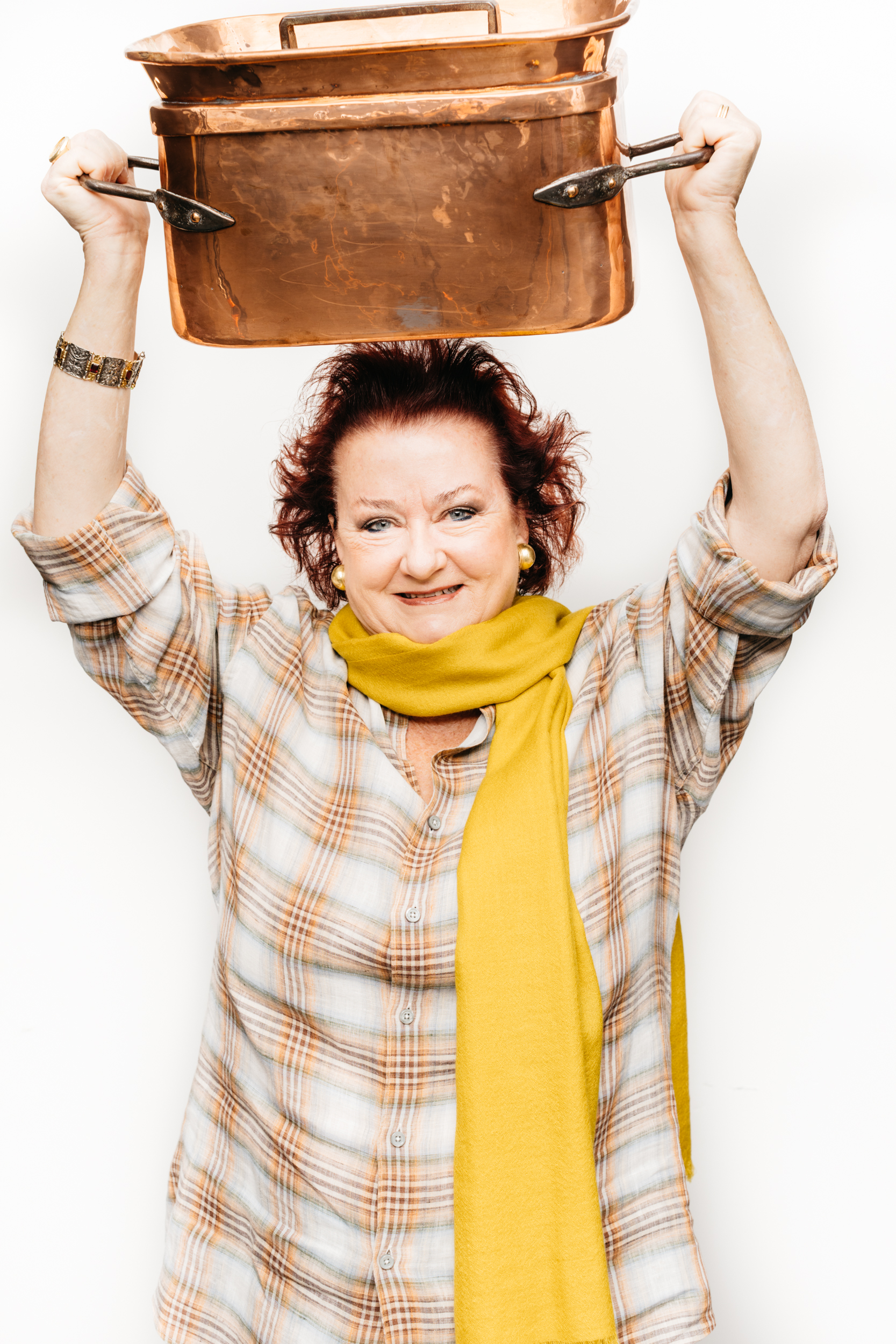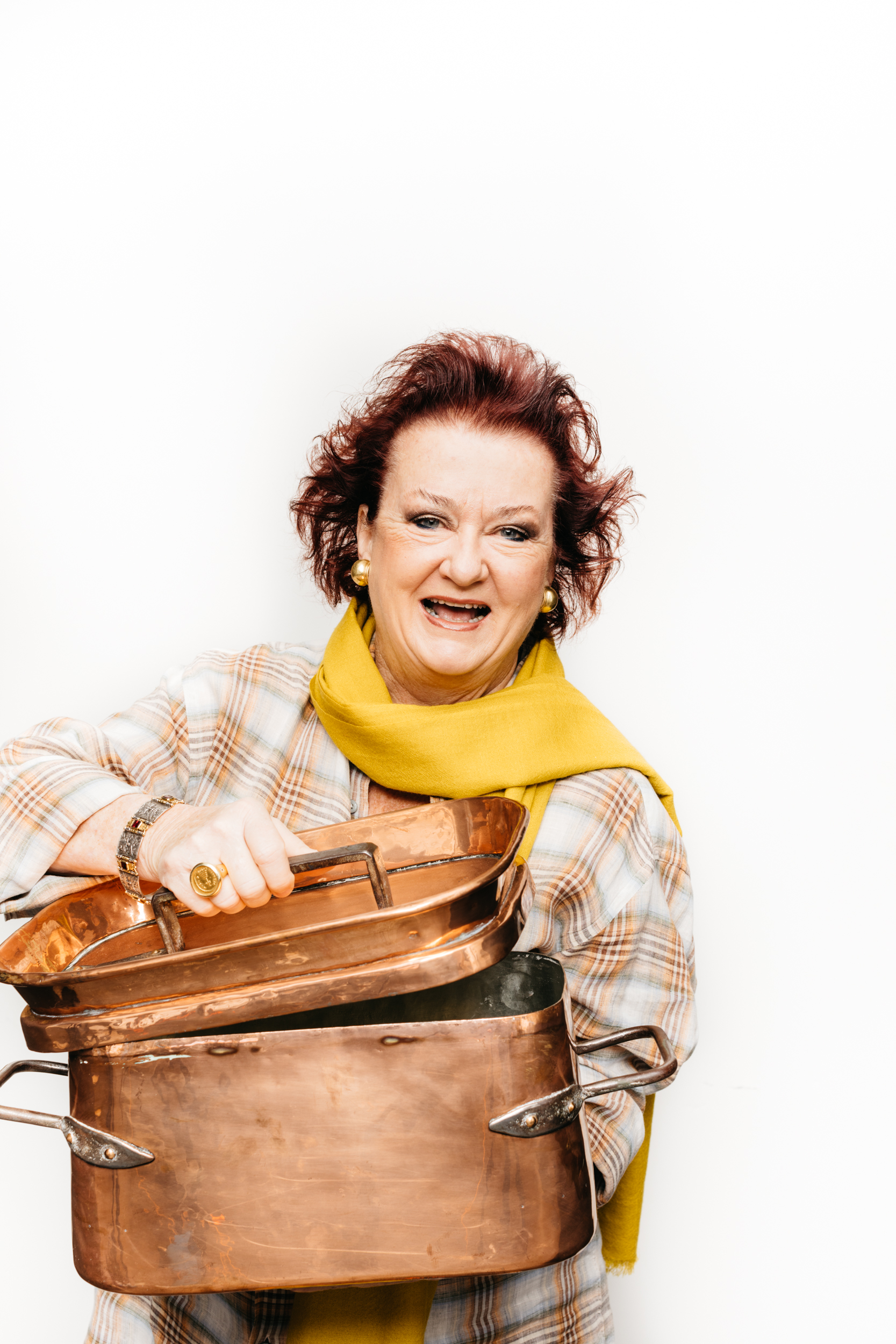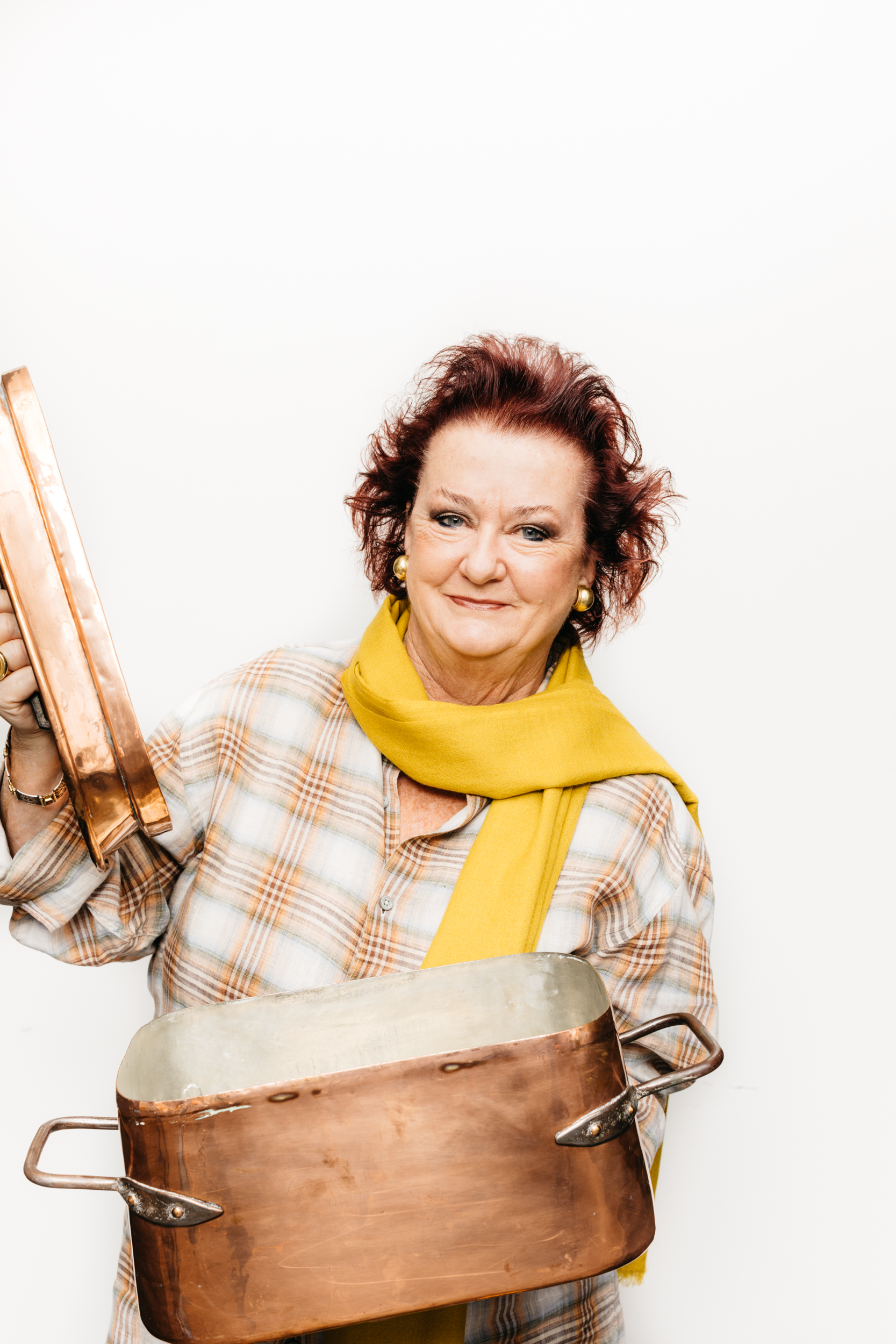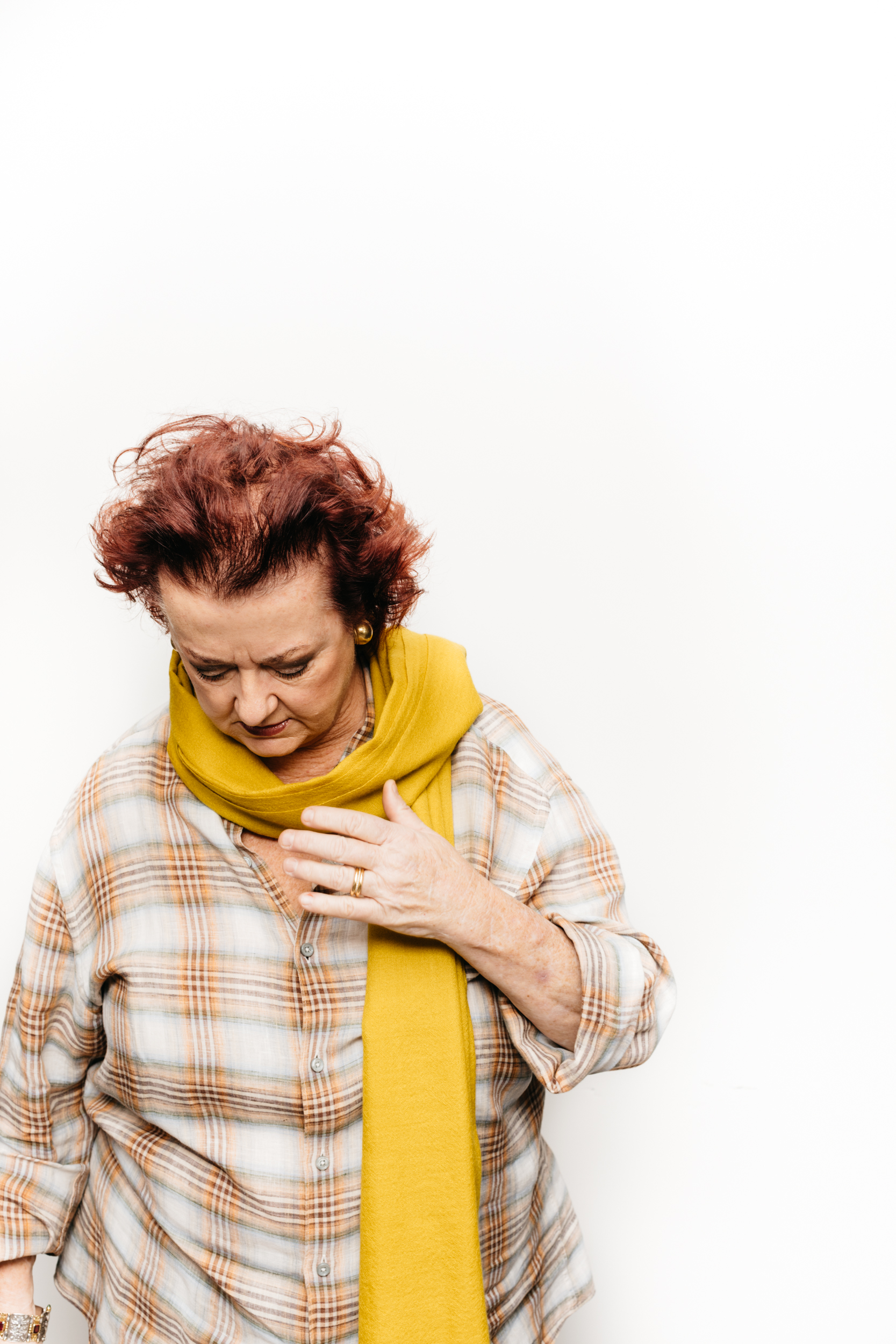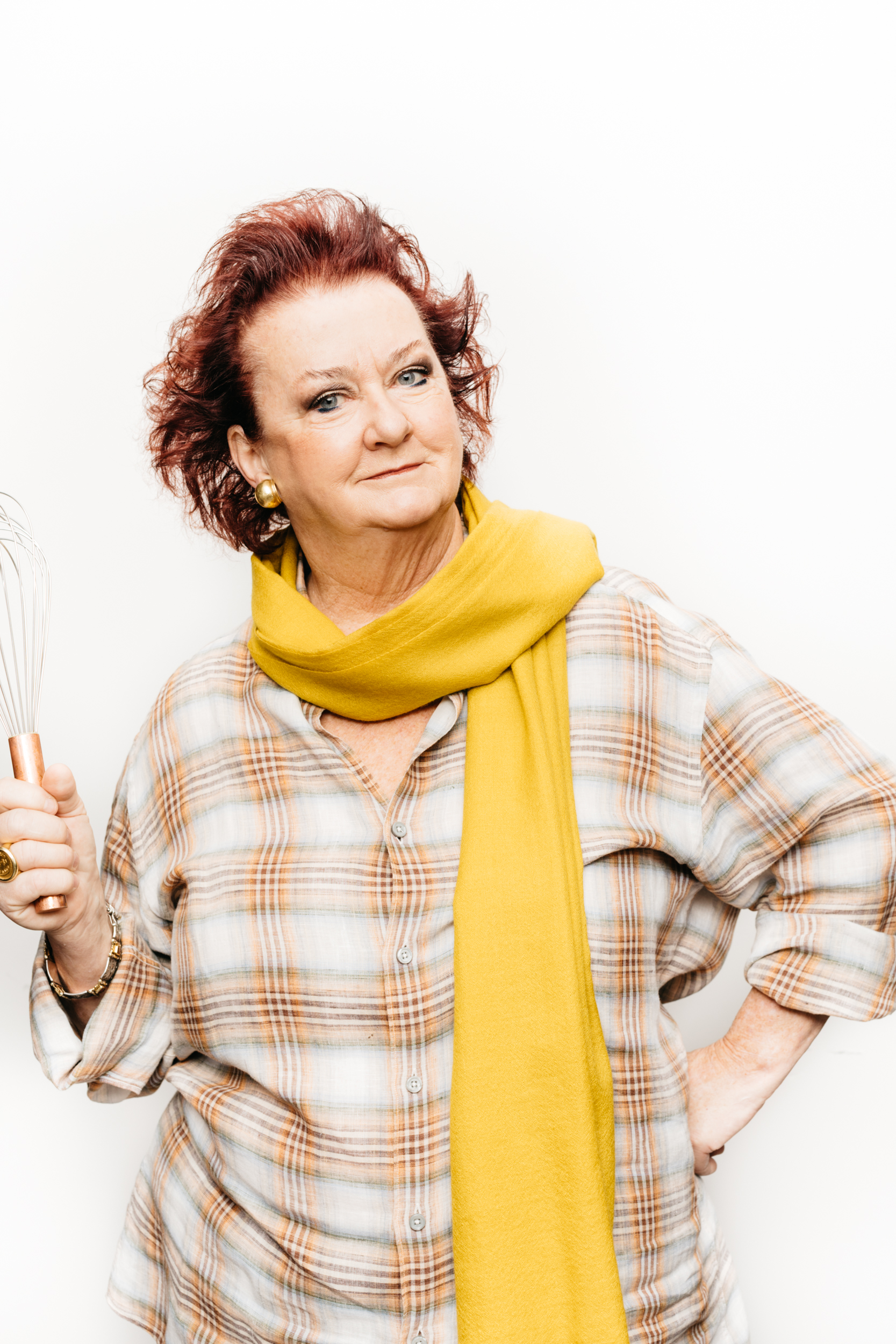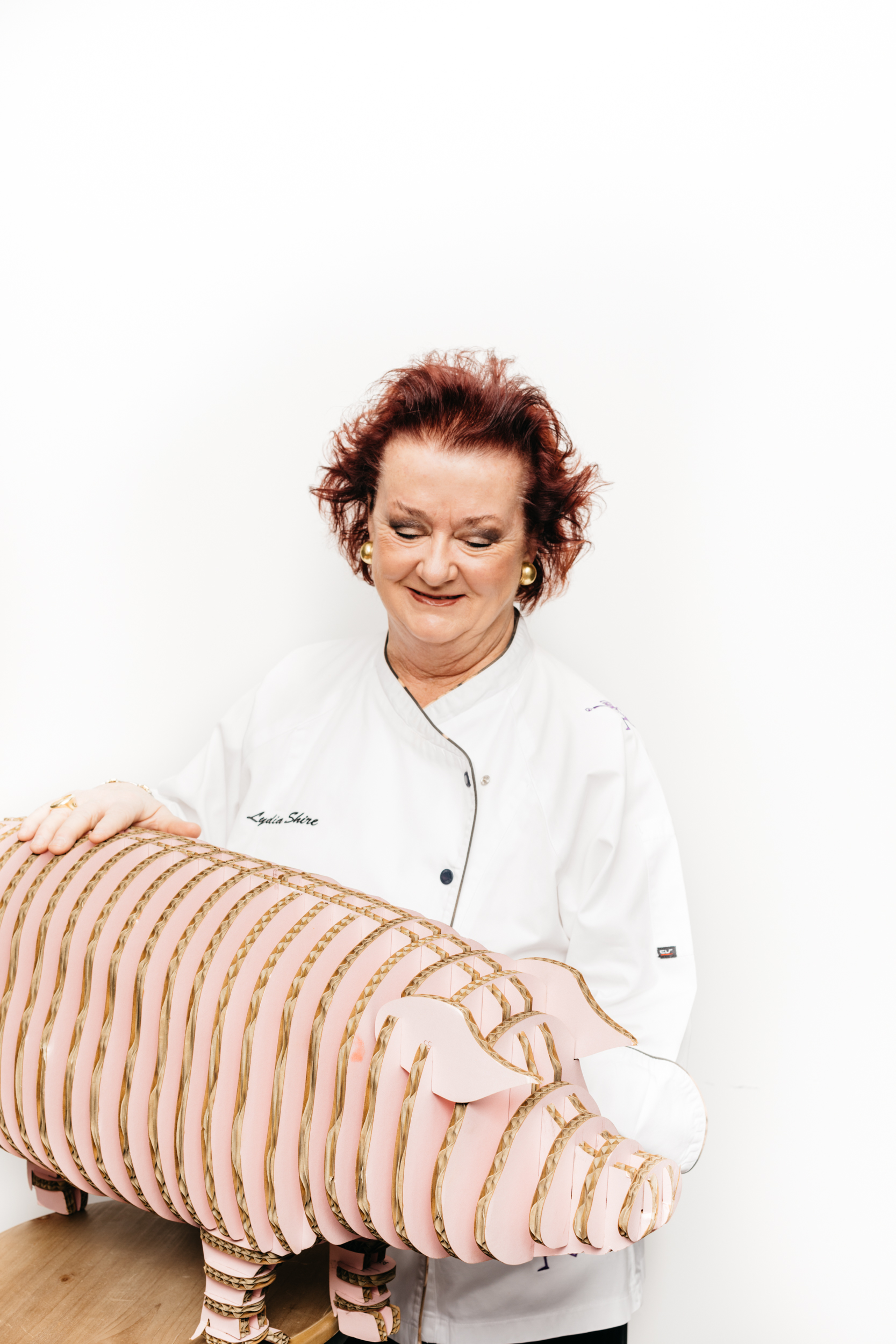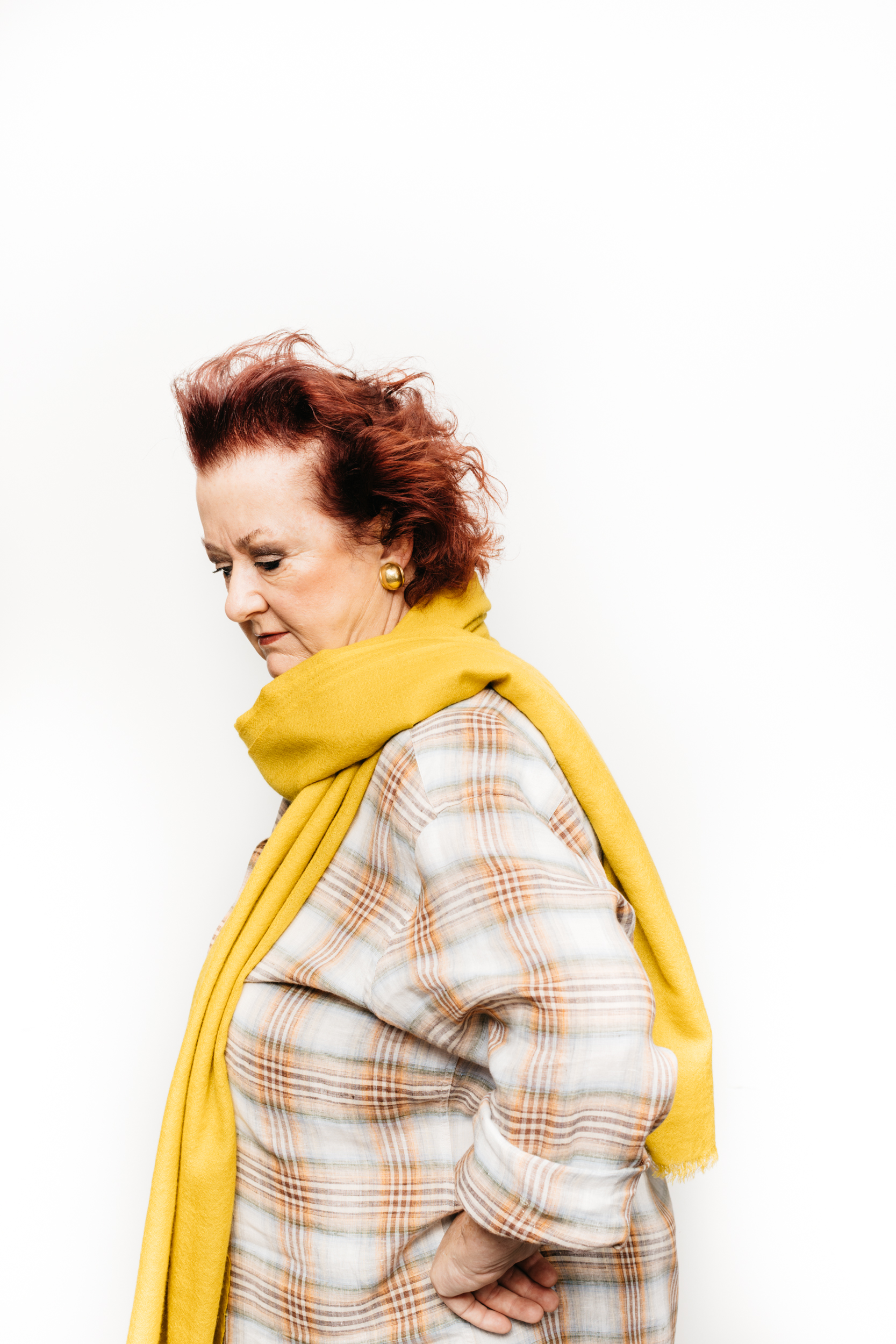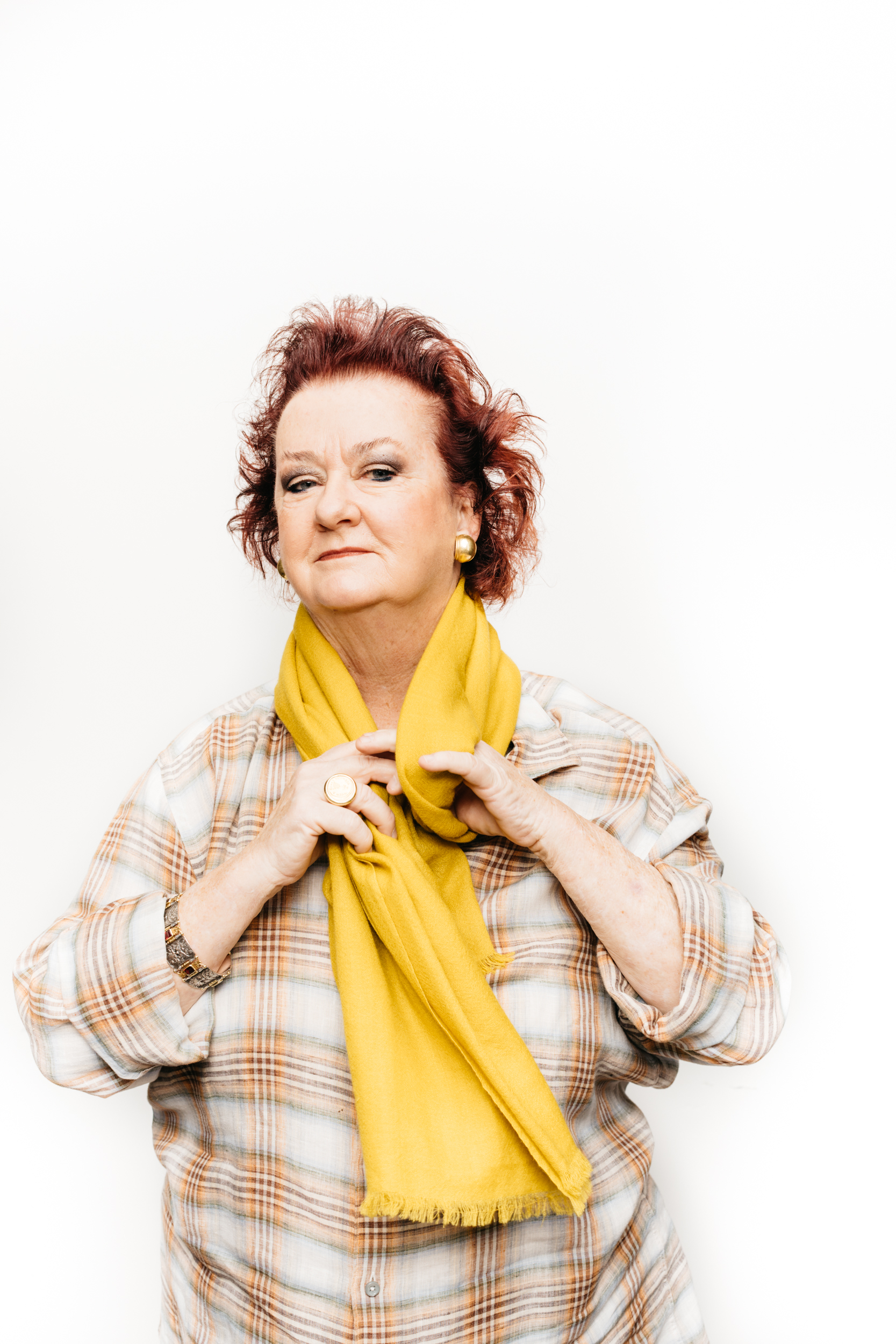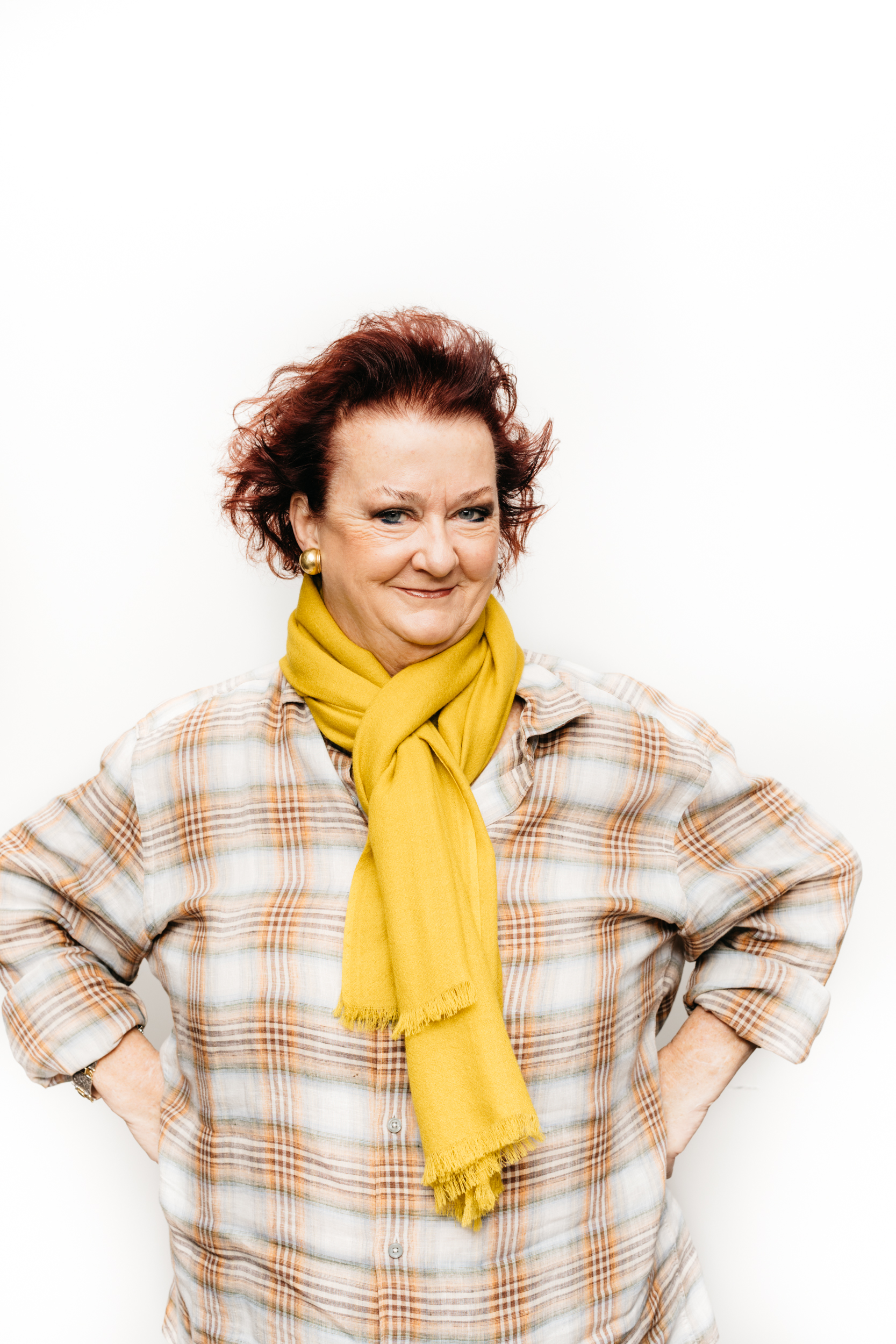Q+A: Lydia Shire
Photo by Michael Piazza
It’s hard to overestimate Chef Lydia Shire’s impact on the Boston dining scene. Long before there were the women chefs we love so dearly today, there was Lydia. Redheaded and red hot. Making waves nationally in a profession dominated by men. Making food and writing menus that confounded the most creative and courageous of chefs.
“What’s Lydia doing now? Or next?” was the buzz of Boston.
The first woman chef to helm a Four Seasons Hotel. The first woman chef to launch a top-tier restaurant that gave Boston bragging rights. A chef whose food defined the edge and defied easy description.
“To understand Lydia and her food you have to recognize the soul of a true artist,” says her lifelong friend and colleague chef Jasper White. “Bold flavors, aromas, textures and colors are always accentuated with elements of surprise. Lydia is fearless in the kitchen and not just on the plate. That quality enabled her to rise to the top of a profession that was the realm of men in her early career and to become an inspiration to generations of both women and men. Jeremiah Tower stated in his autobiography that Lydia was the best woman chef in America and I agree.”
Edible Boston: Your life has been so interesting. You could have gone in so many directions. How did you become a chef?
Lydia Shire: Being dumped by my first husband at 21 gave me a jolt! I didn’t even know what the word “alimony” meant. I had my first child at 16. And when my husband fell in love with someone else, I started working at the Women’s Industrial Union making pies. My pies sold out. So did my date nut bread. And my pecan rolls. And my apple pies. Then, somehow, I got a job as a private chef for Edwin Land [the founder of Polaroid] to work in his private dining room as an assistant to Odette Berry. One day I made Chicken Kiev for lunch and it was just perfect. After that I knew I wanted to work in a restaurant.
There weren’t many restaurants in Boston those days. Durgin Park and not much else. But I had heard of Maison Robert, the legendary French restaurant in Boston, and I wanted to work there. I prepared for my interview by baking a seven-layer cake with a buttercream frosting. It was the hottest day of the year. I ordered an air-conditioned cab—and there weren’t many in Boston at that time—because I didn’t want the buttercream to melt en route. They were so impressed that they hired me. But they hired me as a “salad girl” working the cold line. I hated it. That’s not what I wanted at all. I wanted to cook!
EB: So, what did you do next?
LS: I applied to Le Cordon Bleu in London, but the school was fully booked. They told me that I had to wait for a cancellation. By now, I had three kids and an ex-husband who had lost his job, and the plan was that the kids would stay with him if I went to London. Finally, the school called me. They had a cancellation. I went to a jewelry store and hocked my diamond ring. What did I need a ring for if I didn’t have a husband? I needed a career a lot more than a ring.
EB: So, with three little kids and an “ex,” you took off for London?
LS: Yes! I landed in London with no place to stay. But I figured there’s always the YWCA. The first YWCA I stayed in was awful. You could see other people’s feet under the partitions. The food in the cafeteria was equally awful. Dried up calf’s liver, like the sole of a shoe. My first taste of British cooking! I asked if there was a YWCA that might be nicer and closer to my school. Yes, they said, there is one on Devonshire Street [in Marylebone], “where all the doctors lived.”
I spent three months in London and it was all thrilling. I had never seen real butcher shops! My rent was $9 a week and I had $50 a week to live on, which meant that I learned to love Indian food. Now I crave Indian food. Love the vegetables. Love Indian bread!
EB: After the course at Le Cordon Bleu, you came back to Boston?
LS: Yes. I went right back to Maison Robert. I said, “I’ve been to cooking school and I want to cook on the hot line in a fancy restaurant.” They hired me back, first as the chef upstairs (their more casual space) and then as the Chef. At that point, in 1974, there were no women chefs in Boston. Especially at a French restaurant. Lucien Robert respected the talent of women. I never had to ask for a raise—there would just be more money in my check. That’s when I also met my second husband, Uriel, and we’ve been together for 30 years.
EB: Why do you think you were able to be so successful? Would you say you are driven?
LS: I never really thought about it. I was just a fearless worker. I would go to a job, check out what everyone else knew and go one better. I would spend long hours submerged in work and in the business. With any leftover money I’d buy good food. Even more importantly, I worked with good people. I have no bad kitchen work stories like other women. That is, until I worked for one person at the Four Seasons in California. He was not happy with me at all.
EB: You were the first woman ever to helm a Four Seasons Hotel kitchen, correct?
LS: Yes, and I knew it was a big deal. But a corporate career wasn’t what I wanted. So, I came home from LA and opened Biba’s. It was the first $2 million restaurant build-out in town that wasn’t part of a chain. I wanted to do things that no one else in Boston had done. I knew there was risk but I didn’t care. For example, I had a section on the menu for “offal”—organ meats and other less-likely cuts—and a stand-alone bar menu. The bar was a big thing for me. I knew I wanted a six-person bar with little bites for single travelers. Working in hotels, I’d seen how important that was. People loved to sit at the wood-burning oven at Biba’s. Everything about Biba’s was exactly as I had imagined. I hired Adam Tihany—then and now the country’s foremost restaurant designer—to design the space. We’ve been friends ever since.
EB: How did it go?
LS: We opened Biba’s to raves and had an incredible bar business. We were doing $5,000 a night and rocking ’til 2am. We put in TVs to watch sports—this wasn’t something you’d do in a high-end restaurant in those days—and the men just came and stayed and never left the bar! Many of the guys never went upstairs to eat. They’d just stay at the bar having fried clams served in a paper bag. I love men! I loved the idea that men could come to my restaurant, have a nice drink, watch sports and just have fun.
EB: And why did you close Biba’s?
LS: After 13½ years, Biba’s was starting to look tired and I knew it. I went into partnership with Ken Himmel and we reinvented the space as Excelsior. Adam Tihany designed that restaurant too.
EB: And then?
LS: It wasn’t pretty in the end. There was a lawsuit and it was all over the press. But I am very proud of what I did [at Excelsior]. The food was great. Definitely not your local neighborhood restaurant! We would get these little chickens and bone them out to an exact round flat circle that filled up the whole plate. Very filling and beautiful. I tried to outdo myself at Excelsior. But the restaurant became too corporate for me. And then I got sick, and it was the beginning of the end.
EB: Your next move?
LS: I took over Locke Ober, a Boston institution that had fallen on hard times. At the point I bought the restaurant they were only doing 14 covers on a Saturday night! I went to New York and saw a huge crystal chandelier in my favorite antique store. I was sitting in front of it and I called Patrick Lyons, who was doing Locke Ober with me. I said I loved it. He said how much? And I said “10.” He didn’t ask “10 what?” He said, “Do you really love it? Buy it!” And today, that chandelier is with me still, here in the middle of the private dining room at Scampo! I’m still the only person I trust to clean it.
EB: How did you become you?
LS: I had a very happy, uncomplicated childhood. I grew up in Brookline and there were four of us: three girls and one boy. I was the girl in the middle. We watched Pinky Lee on TV and attacked the funny papers when my father was trying to read the newspaper. He would make us peanut butter and bacon sandwiches. I was one of the few non-Jewish kids in my class and I ended up going to a lot of bar mitzvahs.
Both my parents were artists, illustrators. Like Norman Rockwell. My mother drew ads—all the fur advertisements for Filene’s—and then she would come home and cook dinner for us. My stamina comes from my mother. We were solid middle class. Sometimes we had a car and sometimes we didn’t. But I grew up in a house that prized quality. We’d get one-and-a-half new outfits a year—new kilts, a dress for Christmas or Easter. We had small amounts of very good things. It’s was all about quality, not quantity. And color. My mother told me that black and white are the absence of color. She had pairs and pairs of red shoes.
EB: How do you think that being a woman in the food business has affected you?
LS: I’m not sure it has! But I like the person I am. It’s interesting, I’m not aggressive unless it comes to how I work. I’m naturally soft-spoken. And can’t negotiate anything. It’s my mother in me. My mother was soft. It’s just a gene that I have. After all this, I haven’t learned to be a better businessperson. But when it comes to cooking, I am fearless!
EB: So, if you can’t negotiate, how do you manage the business?
LS: I have a great GM who watches over the prices. I have to have that. Someone has to say no to me. I always want to have beautiful things. Just feel the linen in this tablecloth. Hmmm? Beautiful. Cotton from Italy. I first saw it at Café Des Artistes in New York. When you wipe your mouth with a poly blend it just naturally moves the grease from one place to another.
EB: What advice do you have for chefs, male or female?
LS: Look around you. See what other people know and learn from it. Cut pages out of good magazines with photos of things you love so you can show people what you love. Love is the central part of designing.
EB: How do explain your success?
LS: A lot has to do with my upbringing. Growing up in an artists’ home I learned to see clearly and exactly what I wanted. My mother had remarkable taste. And my father was a great cook. My mother was a good cook too. Once she made us Chicken Kiev and I remember watching as she pounded the chicken, folded it over and carefully dredged it in flour. I remember the butter spurting out. That’s a very powerful memory for a chef.
This story appeared in the Winter 2019 issue.

